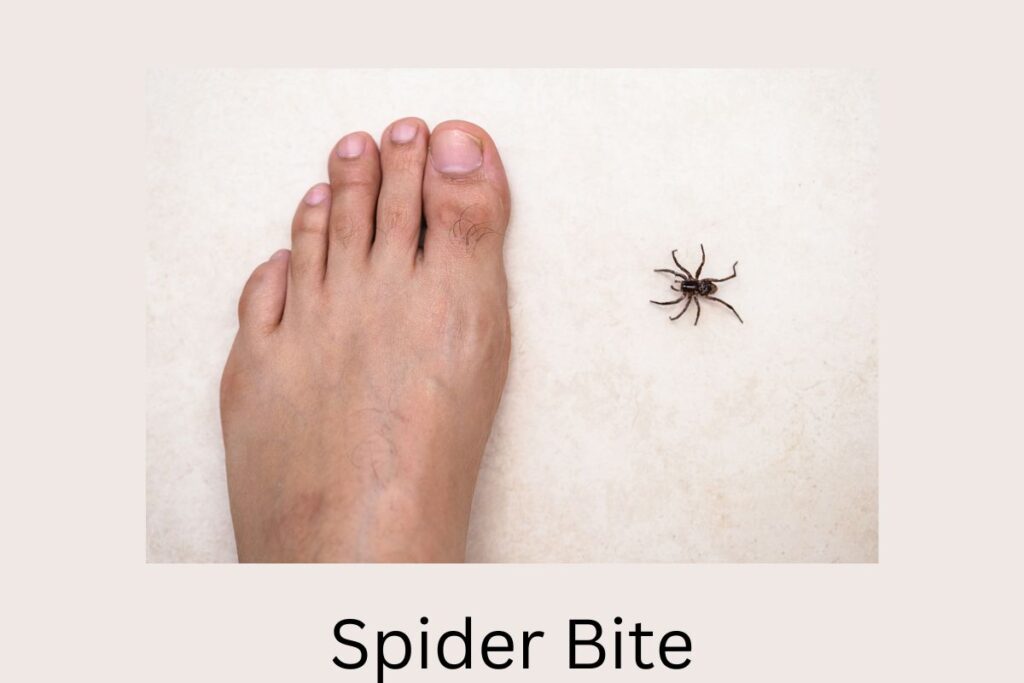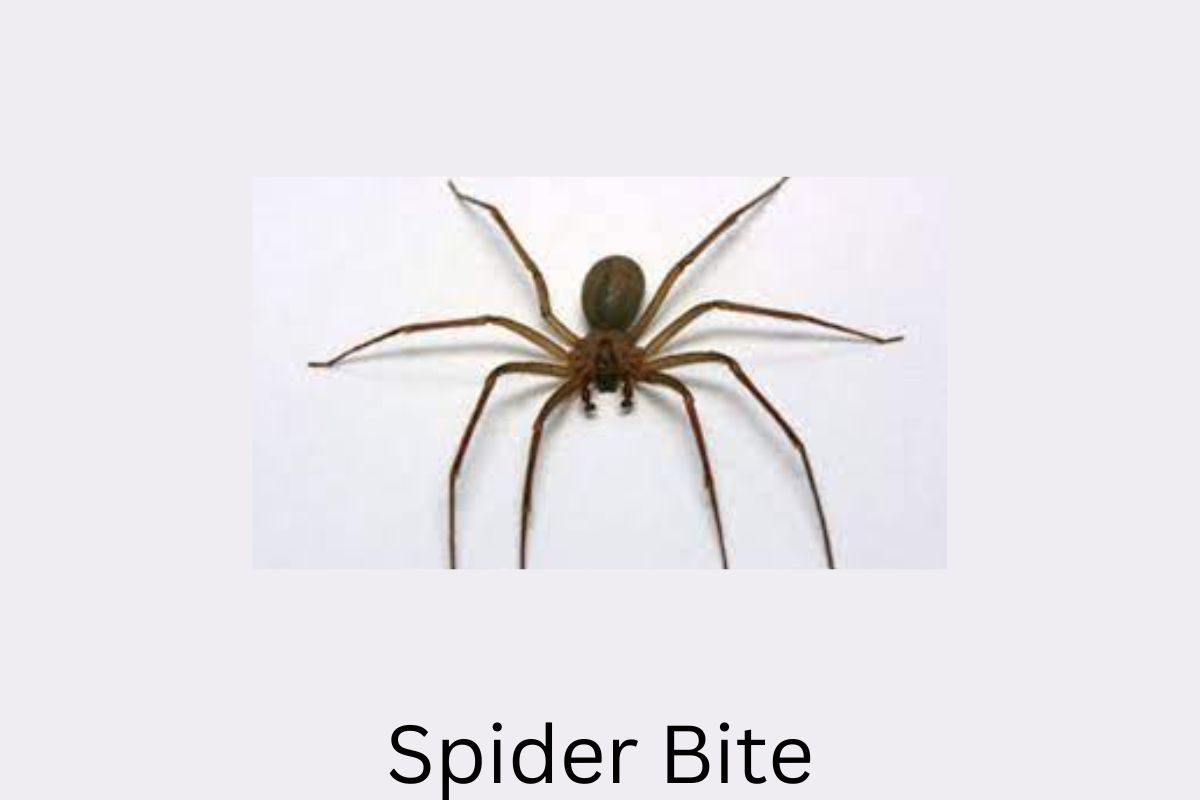Contents
Overview
Spiders rarely bite unless they feel threatened, and most bites are safe for humans.
A spider bite can result in several symptoms, including redness, discomfort, and swelling, or it may go unnoticed. You can get redness, discomfort, and swelling from many different bug bites and skin lesions as well. However, it is difficult to know for sure that a spider bit you unless you actually observed the spider do so.
Only a small percentage of spider species have fangs that are large enough to puncture human skin and contain enough potent venom to do serious harm to humans. About 30 species of widow spiders and more than 140 species of recluse spiders can be found across the globe.
You have a 99% chance of surviving a venomous spider bite. YOU only have a 50% chance of surviving a crash with NO seatbelt #BuckleUp pic.twitter.com/8RByFiVwd3
— Drive Safe HR (@DriveSafeHR) September 9, 2022
Symptoms
In many cases, a spider bite can go undiscovered because it looks like any other bug bite: a red, inflamed, occasionally irritating or painful lump on the skin. Most people experience no additional symptoms after being bitten by a harmless spider.
The underlying cause of many skin lesions, such as a bacterial infection, may not be obvious at first glance.
There may be serious side effects from being bitten by certain spiders, like widow spiders and recluse spiders.
Widow Spider Bites
Some of the possible reactions to a bite from a widow spider are:
- Redness, pain, and swelling. Tissue swelling and pain from the bite site may migrate to other parts of your body, such as your midsection, back, or chest.
- Cramping. Abdominal stiffness and cramps are common symptoms of appendicitis and appendicitis rupture.
- Nausea, vomiting, tremors, or sweating. You might suffer nausea, vomiting, tremors, or sweating alone or in combination.
Symptoms can last 1 to 3 days.
Recluse Spider Bites
Among the possible reactions to a bite from a recluse spider are:
- The first eight hours following a bite are the most painful.
- Symptoms include a high temperature, chills, and body aches
- A bite wound with a red ring around a white center that quickly turns dark blue or purple.
- An open sore (ulcer) develops from a biting wound, with the surrounding skin eventually dying.
When to See a Doctor
If any of the following apply to you, please see a doctor right away:
- You’ve been bitten by a deadly spider, probably a widow or recluse.
- Maybe it wasn’t a harmful spider, but you can’t be sure.
- You’re in excruciating pain, have stomach cramps, or the wound from the bite is getting worse.
- You can’t get enough air in or out.
- There is widespread redness or red streaks in the sore’s vicinity.
Causes
Severe spider bite symptoms develop as a result of the poison that the spider injects. The intensity of the symptoms you experience after being bitten by a spider will vary based on the species of spider, the amount of venom injected, and your own individual susceptibility to the venom.
Risk Factors
In addition to living in places with spiders and disturbing their habitat, there are other factors that increase the likelihood of a spider bite. Black widow and brown recluse spiders prefer humid, warm environments with plenty of dark, dry places to hide.
Outside, they seek out dry, dark, quiet locations, like behind rocks or in tree stumps.
Complications
Widow and recluse spider bites can be fatal, especially to young children, although only very rarely.
The wounds left by a recluse spider can be very serious, and the healing process might take weeks or months.
Prevention
Spiders will only bite if they feel threatened, such as if they are stuck between your skin and anything else.
Spider bites can be avoided by taking these measures.
- Acquaint yourself with the appearance and preferred environments of potentially deadly spiders.
- When cleaning out storage sheds, garages, basements, attics, or crawl spaces, it’s important to wear protective clothing, such as a long-sleeved shirt, helmet, long pants tucked into socks, gloves, and boots.
- Before putting on your gardening gear, inspect it and shake it off.
- Put DEET or other insect repellents to use. Please read and follow all packaging instructions carefully.
- Installing screens that fit snugly, sealing any crevices through which spiders might enter, and making use of non-toxic indoor insecticides are all effective ways to prevent insects and spiders from entering the home.
- Avoid stacking firewood against the exterior walls of your home and lessen any rubbish or rock or timber heaps in the region around it.
- Beds shouldn’t be pushed up against the wall, and they should only be touching the floor by their legs.
- Avoid the temptation to stuff things beneath the bed and keep the sheets from dragging on the floor.
- Squash the spiders and pick up the webs.
- Instead of pressing your skin down hard enough to smash a spider off your body, just brush it off with your finger.
- Put on gloves, a surgical mask, and goggles before beginning any work with a tarantula’s enclosure.





